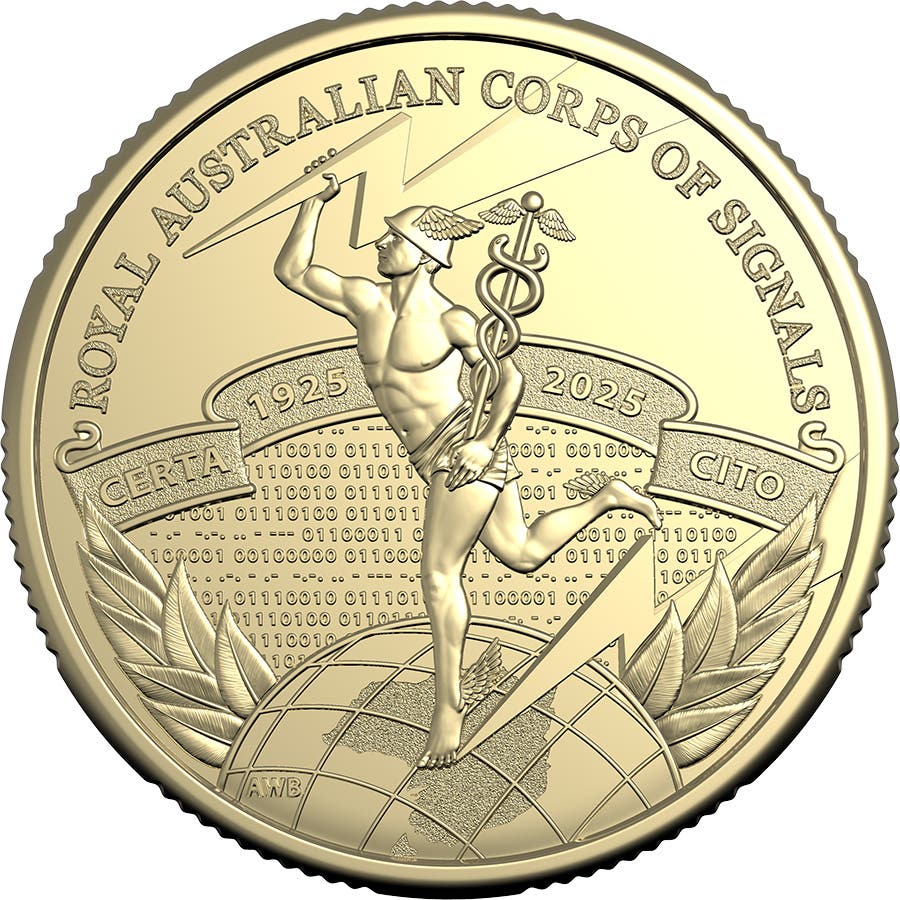Coordinating Coins and Bank Note Commemoratives
Commemorative coins are nothing new. Commemorative bank notes may have come late to the party, but by the late 20th century there were significant numbers of special notes being issued…
Commemorative coins are nothing new. Commemorative bank notes may have come late to the party, but by the late 20th century there were significant numbers of special notes being issued as well. A well coordinated combination of both coins and bank notes to commemorate an event or individual has remained uncommon—until recently. Could this become a more common occurrence in the future?
We don’t think of bank notes as being a substitute for carrying a heavy load of coins, but in reality, they are as much of a substitute for coins as are checks, debit and credit cards, and the many forms of electronic payments now being introduced. The difference is that bank notes have become so accepted in our society that the integration of bank notes and coins when commemorating an event should likely have become commonplace a long time ago.
Commemorative coins have been issued almost since the birth of coinage itself. Commemorative bank notes have been issued with increasing frequency since the turn of the 20th century. Why a coordination between the two forms of physical cash hasn’t been more commonplace is the question.
This trend appears to be changing, although slowly. A recent example is the Fiji 2020 Independence $50 bank note and 50-cents coin recently issued to commemorate the October 10, 1970, event. The Fiji commemoratives go much further than to just be of interest to collectors. A specially packaged coin is being given to every child living in Fiji. The bank note has all the most current bells and whistles that should be expected with current technology.
The coin has milled edges and inner dodecagon edges. The multi color bank note has a clear window featuring an image of the Fiji shield coordinated with front-to-back registration. The note also has features only visible under ultraviolet light, color elements that change based on how the note is tilted and raised features to assist the sight impaired.
Nicaragua is doing something similar to mark the 60th anniversary of the founding of the Banco Central de Nicaragua, the nation’s central bank. The five cordobas denomination (valued at about 14 cents U.S.) hasn’t been issued as a bank note since 1995. The value has been issued as a coin since 2000. Nicaragua is now issuing a commemorative 5-cordoba bank note that is intended for general circulation.
The bank note, which is available through commercial banks, is being coordinated with a gold proof and an uncirculated silver coin, each of the 60-cordoba denominated coins being offered at the central bank retail windows nationwide. Neither coin is meant to be used in circulation. The gold coin is encapsulated and comes in a hardwood natural finish case. The silver coin is encapsulated and is being sold in a black matte vinyl case.
As with Fiji the Nicaragua bank note shows off all the latest counterfeit prevention technologies, including engraved printing, raised printing to assist the sight impaired, a watermark, translucent window, and iridescent security strip.
Commemorative bank notes coordinated with commemorative coins have been issued annually since 2016 by Mongolia to mark each lunar or Chinese New Year by featuring the animals of the Zodiac calendar.
The United States issued both commemorative coins and stamps in 1892 to mark the 400th anniversary of the discovery of the Americas by Christopher Columbus. Gold dollar coins and stamps were issued to mark the 1904 Louisiana Purchase Exposition in St. Louis. This was followed by a coordination of commemorative coins and stamps to mark the 1915 Panama-Pacific Exposition. Additional joint celebrations marked by both coins and stamps have continued ever since.
While it can be argued the U.S. Series 1976 $2 Federal Reserve bank note was not meant to be a circulating commemorative, it nevertheless has been be associated with the 1776-1976 Bicentennial quarter, half dollar, and dollars struck both for circulation and for collector consumption.
The 2000 United States Millennium Coinage and Currency set comprised of a Silver American Eagle, burnish finish Sacagawea dollar, and Series 1999 $1 Federal Reserve bank note packaged in a special presentation folder has been the latest domestic effort coordinating coins with bank notes.
There have been other coordinated issues of bank notes and coins. The Cayman Islands Monetary Authority got into the act in 1996. Papua New Guinea, Solomon Islands, and Tonga are among others issuing commemorative coins and bank notes at the same time. Are we finally seeing this coordination become mainstream?








